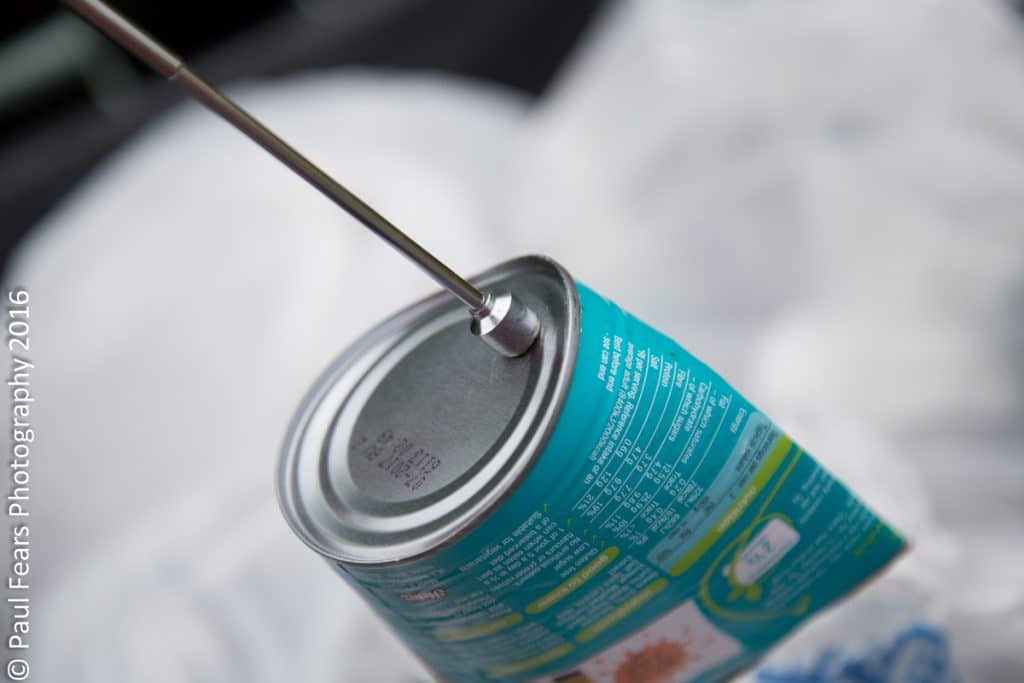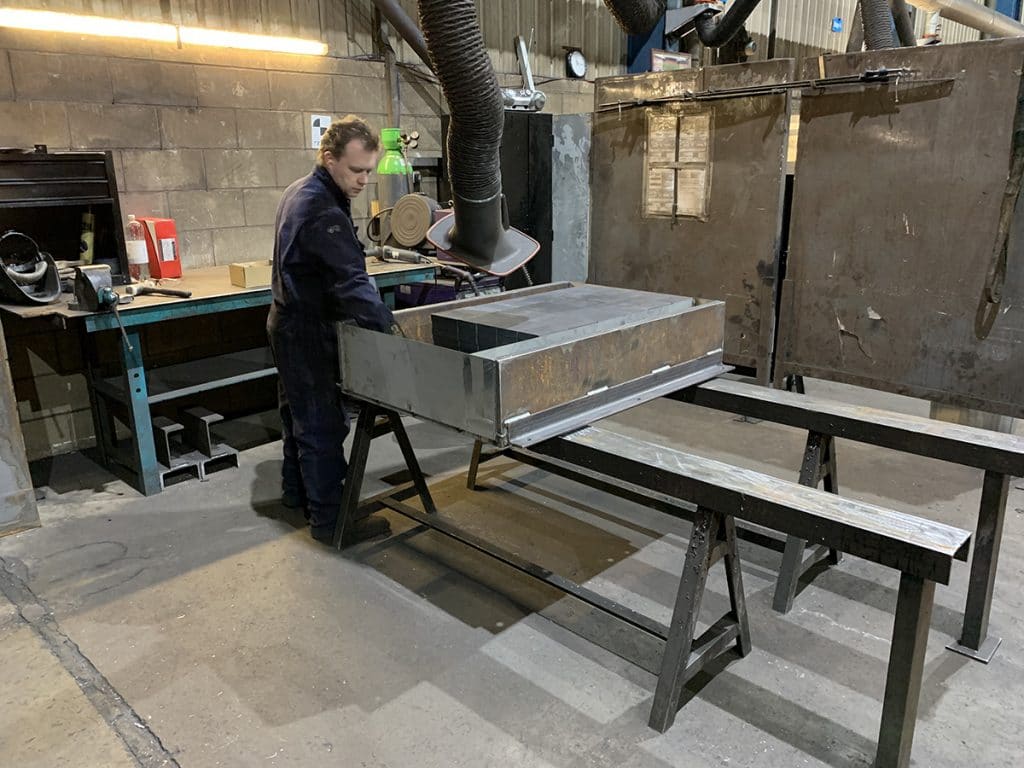Magnets Vital for Recycling
By Paul Fears | 06 June 2016
Magnets play a fundamental role in recycling and waste management. They enable the recovery or removal of metals such as steel and aluminium. And this is not a recent phenomenon. Magnets have been used in recycling for centuries. Certainly, modern day electro and permanent magnets have been a common feature of many recycling plants since the 1960s.
So what role do Magnets play in recycling?
Using Magnets for Recycling
The recycling of metals is not new. The Romans recycled metal with historian Pliny the Elder writing about bronze statues being brought back from conquered lands for recycling in foundries in the Adriatic port city of Brindisi. Near York in the UK, an archaeological dig uncovered an 11th century recycling and smelting centre where Scandinavian Vikings took weapons for reprocessing after battle.
Permanent Magnets were used to identify and recover the ferrous metals. Although the technology has evolved, the simple ferrous metal attractive properties of the magnet is still applied in it’s basic form all over the world. In countries such as India and the Philippines, people in poverty use simple permanent ceramic ferrite magnets to identify ferrous and non-ferrous metals as they trawl through rubbish tips. They then sell on the metals and, for many people, this is their only source of income.

Since the early 1990s, there have been many school recycling initiatives in the UK where children are given small Ceramic Ferrite Magnets or Magnetic Pointers to check and collect Steel and Aluminium Cans, which are then sold to raise funds.

Magnetic Separation Technology
Magnets are used to manufacture a wide range of magnetic separators. This technology enables recycling companies to either recover metals (both ferrous and non-ferrous) or remove metal from a reclaimed material (as when recycling plastic waste).
Ceramic Ferrite Magnet Blocks are used to make Magnetic Separators like the Overband Magnet. The Magnet blocks are built up inside a stainless steel box before being charged to become magnetic. The Overband Magnet is then suspended over conveyors transporting waste to attract and separate steel like Used Beverage Cans (UBCs) and Baked Bean tins.

Magnets are even used to separate non-magnetic materials such as Aluminium UBCs.
The separation of non-ferrous metals using magnets occurs due to Fleming’s Left Hand Law in a machine called an Eddy Current Separator. This has a multi-pole, strong magnetic rotor spinning at high speeds. When aluminium enters the field, a current is induced and this current produces a magnetic field which is in opposition to the rotating field. This results in a repelling action which literally throws the aluminium away from other non-metallic materials such as plastic bottles and paper.
Important Role of Magnets in Recycling
As the world strives to reclaim, resuse and recycle as much secondary material as possible, the magnet will continue to play a vital role. Magnetic Separation is simple and environmentally-friendly technology.
The UK Environment Agency reported that in quarter 2 2020, over 140,000 tonnes of steel and 100,000 tonnes of aluminium packaging was recycled in the UK, much of which was either recovered or separated using magnets.
For more information on how Magnets are used in the Recycling Industry please contact us on:
Phone: +44 (0) 1442 875081
Email: sales.berkhamsted@buntingmagnetics.com
Via Bunting-eMagnets for online purchase of Magnets and Magnetic Technology




